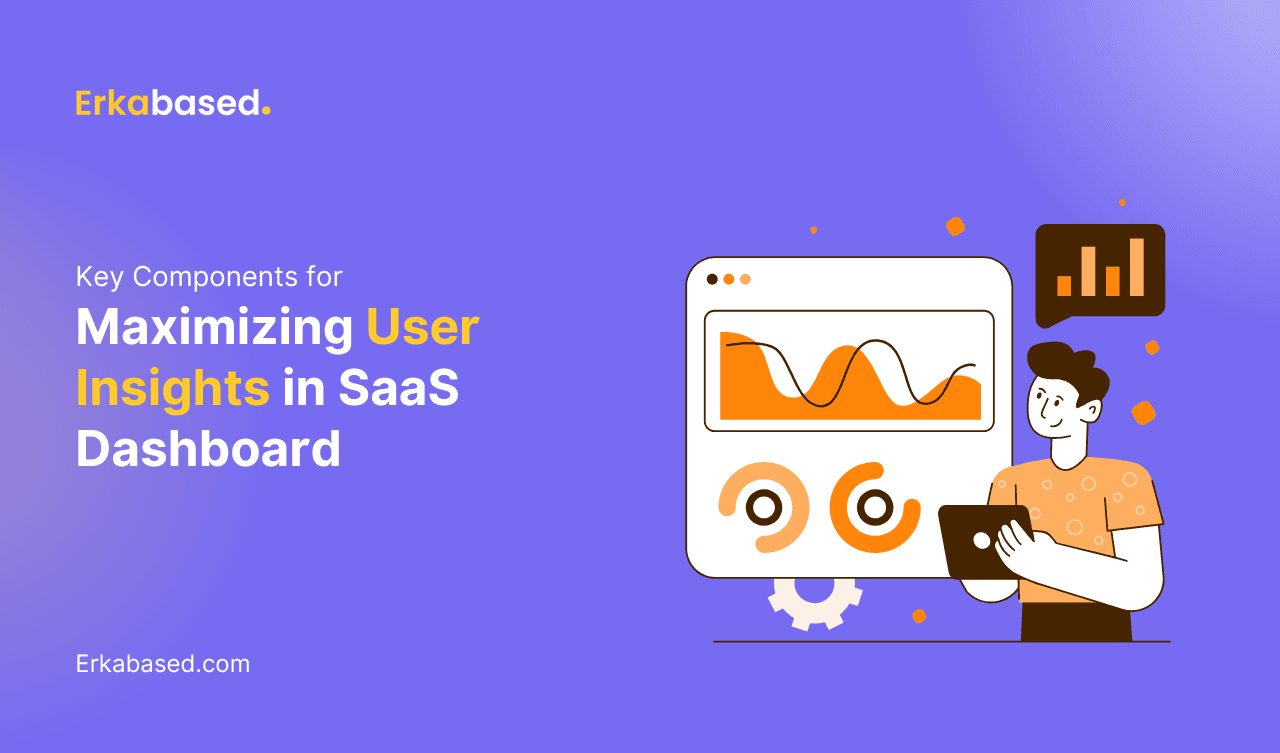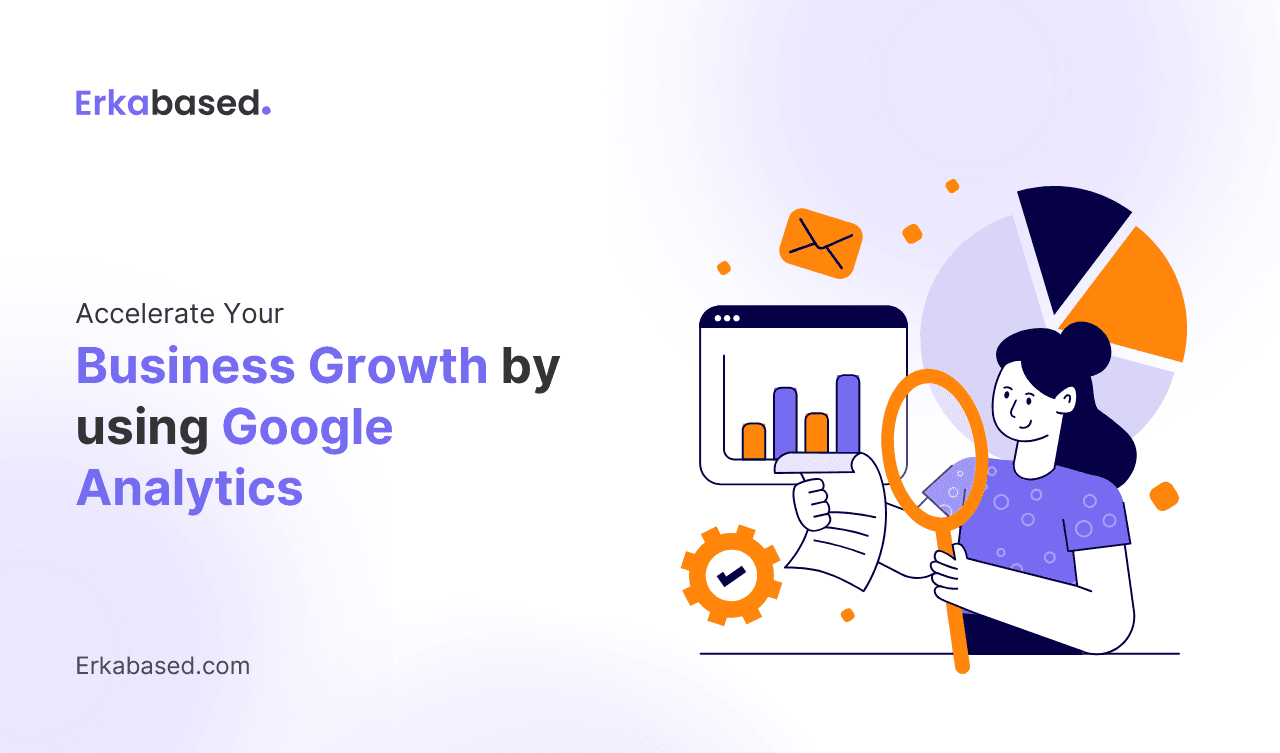Introduction
In the SaaS world, product development is often about balancing speed with quality. When launching a new product or feature, you want to get something valuable in front of users quickly, but you also need to ensure that it’s well-designed and effective. This is where two key concepts come into play: Minimum Viable Product (MVP) and Minimum Lovable Product (MLP). While both approaches focus on getting a product to market as efficiently as possible, they differ in how they prioritize user experience and long-term product success.
Understanding the differences between MVP and MLP, and knowing when to apply each approach, is crucial for SaaS founders and product teams. In this article, we’ll take a deep dive into both concepts, exploring their strategic benefits and how to decide which model best fits your business goals. By the end, you’ll have a clearer idea of how to structure your product development process to maximize user satisfaction and business growth.
Defining MVP: Speed to Market with Core Functionality
The Minimum Viable Product (MVP) is a concept that has become widely known in the startup ecosystem. Popularized by Eric Ries in The Lean Startup, an MVP is essentially the simplest version of your product that delivers core functionality and value. The goal is to develop a product that solves the main problem for your target audience without adding unnecessary features or complexity.
Key characteristics of an MVP:
- Core functionality: An MVP focuses only on the essential features that solve the primary problem your users are facing. It strips away any extras that don’t directly contribute to the product’s purpose.
- Quick launch: By keeping development minimal, you can get your product to market faster, allowing you to validate your idea with real users before investing heavily in additional features.
- Feedback-driven iteration: An MVP allows you to gather user feedback early and continuously improve the product based on actual usage data, reducing the risk of developing features that users don’t need.
Strategic advantages of MVP:
- Faster time to market: Since an MVP focuses on the essentials, you can launch quickly and start gathering feedback to refine your product.
- Cost-effective development: Building a product with only core features helps you control development costs and reduce financial risk.
- Early user feedback: Launching an MVP allows you to test your hypothesis with real customers, ensuring that you’re building a product that truly meets their needs.
However, while the MVP approach helps get products into users’ hands quickly, it can sometimes sacrifice user experience. A bare-bones product might solve the user’s problem, but if it’s difficult or unpleasant to use, customers might not stick around.
Understanding MLP: Balancing Functionality with Delight
In response to some of the limitations of the MVP approach, the concept of the Minimum Lovable Product (MLP) emerged. While an MVP focuses on delivering core functionality, an MLP takes user experience into account from the start. The idea behind MLP is that the product should not only be viable but also “lovable”—something that users enjoy interacting with and find intuitive and satisfying.
Key characteristics of an MLP:
- User-focused design: An MLP ensures that the product delivers a delightful user experience, even in its early stages. This means paying attention to design, usability, and overall customer satisfaction.
- Emotional connection: MLP aims to create a product that users not only need but also want to use. It focuses on fostering an emotional connection between the user and the product by ensuring a smooth and enjoyable experience.
- Scalable foundation: While still minimal, an MLP is built with long-term scalability in mind. This ensures that additional features and improvements can be added without requiring a complete overhaul of the product.
Strategic advantages of MLP:
- Higher user retention: A well-designed, lovable product is more likely to retain users over time, leading to higher customer lifetime value.
- Strong brand loyalty: Users who have a positive experience with your product from the beginning are more likely to become loyal customers and advocates for your brand.
- Reduced churn: A delightful user experience reduces the risk of churn, as customers are less likely to abandon a product that they enjoy using.
While an MLP might take longer to develop than an MVP, it can set the foundation for long-term success by ensuring that users have a positive first impression of your product.
MLP vs. MVP: Which Should You Choose?
Deciding between building an MVP or an MLP depends largely on your business goals, market conditions, and target audience. Both approaches offer distinct advantages, but they are best suited to different contexts.
Here’s a closer look at when to choose each:
When to Choose MVP
- You need to validate a new idea: If you’re entering a new market or launching an unproven product, building an MVP can help you test the waters without committing significant resources upfront. The goal is to validate your idea and refine it based on user feedback.
- Speed is a priority: In fast-moving markets, getting a product to market quickly can be a competitive advantage. An MVP allows you to release a functional version of your product quickly and then iterate based on early user feedback.
- You have limited resources: For startups and smaller teams, developing an MVP is a more cost-effective approach, as it allows you to start small and gradually scale up based on user demand.
When to Choose MLP
- You’re entering a competitive market: If you’re launching a SaaS product in an already crowded market, delivering an exceptional user experience is critical. An MLP can help you differentiate your product from competitors by creating a memorable, delightful experience for users.
- Brand experience is a priority: If your business strategy involves building a strong brand identity and fostering long-term customer loyalty, an MLP is the better option. By focusing on delivering a product that users love, you can cultivate a loyal customer base from the start.
- You want to reduce churn: If user retention is a key goal, building an MLP ensures that customers enjoy the product from day one, reducing the likelihood of churn and increasing customer satisfaction.
Steps to Building an MVP or MLP for Your SaaS Business
Whether you decide to build an MVP or MLP, the development process requires careful planning and execution. Here’s a step-by-step guide to help you successfully launch either type of product.
Define Your Target Audience and Problem
Before starting development, clearly define your target audience and the specific problem your product will solve. This will help you focus on building features that directly address user pain points.
- Create user personas: Develop detailed user personas to better understand your audience's needs, preferences, and behavior. This will guide your feature prioritization.
- Focus on the core problem: Whether you’re building an MVP or MLP, make sure your product’s core functionality solves the primary problem for your users.
Prioritize Features Based on Value
Once you’ve identified your audience and their problem, list the features that are most important for delivering value.
- For an MVP: Focus solely on the features that are absolutely necessary for your product to function. These are the “must-haves” that solve the problem at hand.
- For an MLP: In addition to core functionality, prioritize features that enhance user experience and satisfaction. This might include design elements, usability improvements, and performance optimizations.
Build a Prototype or Wireframe
Before diving into full-scale development, create a prototype or wireframe that outlines the basic structure and flow of your product. This will allow you to test your product’s layout and functionality before committing to extensive coding.
- Test usability early: Especially for an MLP, ensuring a smooth user experience from the beginning is critical. Gather feedback on your prototype to identify any potential pain points.
Develop and Test the Product
With your prototype in place, begin the development process. During this stage, it’s important to regularly test your product to ensure it’s working as expected and delivering the intended value.
- Conduct user testing: Throughout the development process, involve real users in testing the product to identify bugs, usability issues, and areas for improvement.
- Iterate quickly: Especially with an MVP, it’s essential to iterate based on user feedback. Adjust and refine your product as needed to ensure it meets your audience’s expectations.
Launch and Gather Feedback
Once your MVP or MLP is ready, launch it to your target audience. This is where the real learning begins. Use this opportunity to gather as much feedback as possible, paying attention to user behavior, satisfaction, and any areas where your product could improve.
- Monitor key metrics: Track important metrics like user engagement, retention rates, and customer satisfaction to evaluate the success of your launch.
- Continuously improve: After launch, continue refining your product based on the feedback you receive. This iterative process is key to building a product that not only meets user needs but exceeds expectations.
Conclusion
Both MVP and MLP play crucial roles in SaaS product development, but the right approach depends on your specific business goals and the needs of your target audience. An MVP helps you test ideas quickly and cost-effectively, while an MLP ensures a delightful user experience from the start, helping you build long-term customer loyalty.
At Erkabased, we specialize in helping SaaS businesses navigate these critical decisions with customized strategies that align with your goals. Whether you’re launching an MVP to validate your idea or crafting an MLP to deliver an exceptional experience, our team is here to support you every step of the way. Let’s work together to develop a product that drives growth and success for your business.



